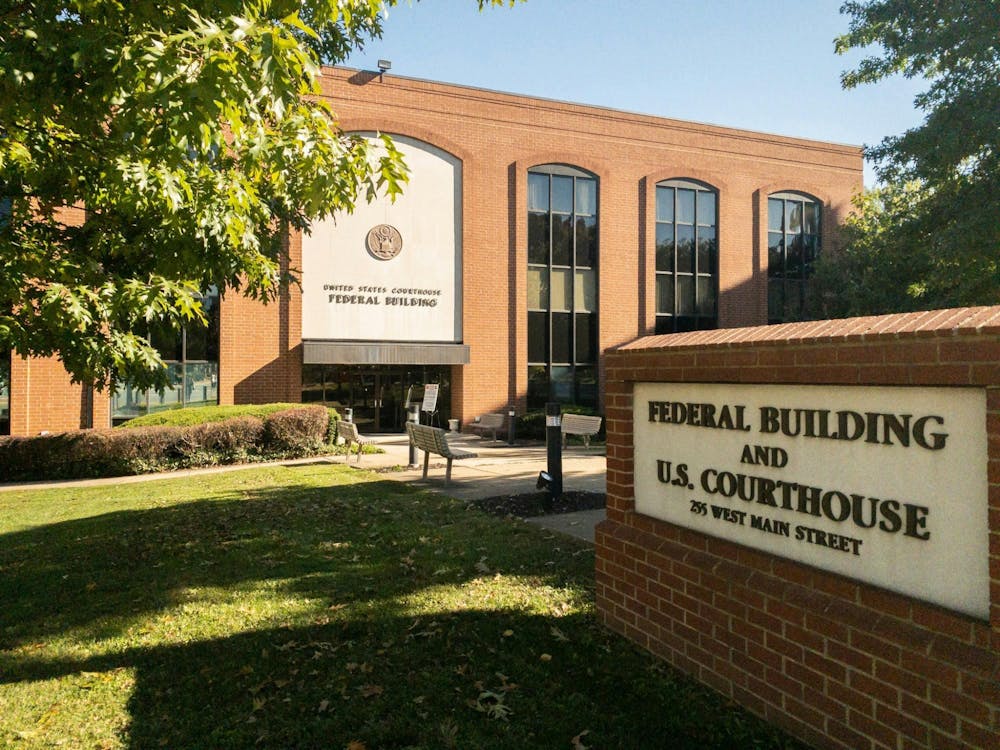Last year, I argued that the University needs gender-neutral housing options. With about 140 other colleges — including George Washington University, New York University and the University of Maryland — offering such options, the University lags far behind others in these inclusive policies. It’s now one year later, and we still lack the option. The recent controversy over whether women’s colleges should admit male-to-female transgender applicants (people born into the male sex but who identify with the female gender) underscores the growing presence of transgender persons in college communities. We need to accommodate such University students, and a gender-neutral housing option is one of the best ways to do so.
LGBTQ Americans have seen enormous legal and cultural gains over the past several years. Still, transgender rights have lagged behind those of gay and lesbian Americans. The University has only a handful of students who are openly transgender—and despite events like Transgender Day of Remembrance (November 20), they remain a largely invisible group.
Last Tuesday, Mount Holyoke College, a women’s college in Massachusetts, announced a new admission policy: they will admit transgender women (again, applicants who identify with the female gender but were born with male genetalia). Women’s colleges have long admitted women and graduated men (the policy traditionally stipulates that legal documentation must identify students as female at the time of matriculation), but Mount Holyoke College — which is one of the prestigious “Seven Sisters” schools — prompts a new level of conversation on this controversial topic.
The Holyoke decision encourages us to think more deeply about how to accommodate transgender students here at the University. Perhaps the most powerful way to improve the daily life of these students is to allow for mixed-gender housing options. Transgender students — who often face discrimination and harassment over their personal appearance, behaviors, or other forms of self-expression — might have a more difficult time expressing their identity in same-sex housing. In fact, these arguments are often used in favor of gay and lesbian students (who constitute a much larger category). For example, after the high-profile suicide of Rutgers University student Tyler Clementi, the school found that subsequent gender-neutral housing helped create a more inclusive environment. Given the dorm’s central role in first year social life, University policies that ignore the housing needs and preferences of LGBTQ students are not only neglectful but potentially discriminatory.
So how would gender-neutral housing look on Grounds? Most dorms would remain exactly the same, with each floor or suite designated to only one sex. The gender-neutral option need not involve entire buildings — a simple floor or suite could accommodate interested individuals. Gooch-Dillard, with its suite style rooms, seems particularly suitable. And of course, this would remain an opt-in process, so no student who desires a traditional same-sex living space would be assigned the gender-neutral option.
Some students in residence life whom I have spoken to worry that gender-neutral areas might become targets of anti-gay attitudes and marginalization. I do not find this convincing. Even at our Southern, relatively traditional school, attitudes toward the LGBTQ community reflect those of the nation (i.e. increasing tolerance, particularly among young people). In fact, the Day of Silence (where students abstain from speech for one day in protest of the bullying faced by LGBTQ individuals) was initially started by University students back in 1996 before it turned into a national movement.
Higher education contains too many thriving case studies (for both limited and universal gender-neutral housing) to disregard these options with simple hypotheticals. I do not ask our university to be radical but merely to adopt the more open and democratic policies of so many of its fellow educational institutions.
Taking other American colleges as case studies, it’s clear that student action is the typical catalyst for gender-neutral housing. “Where is the University of Virginia’s gender-neutral housing movement?” I asked in my column last November. I repeat it here with a hope that the recent attention to transgender people might encourage University students to take action. Such policy changes, which harm no one, would mean a great deal to the University’s small but prominent LGBTQ community.
George Knaysi is an Opinion Columnist for The Cavalier Daily. He can be reached at g.knaysi@cavalierdaily.com.






